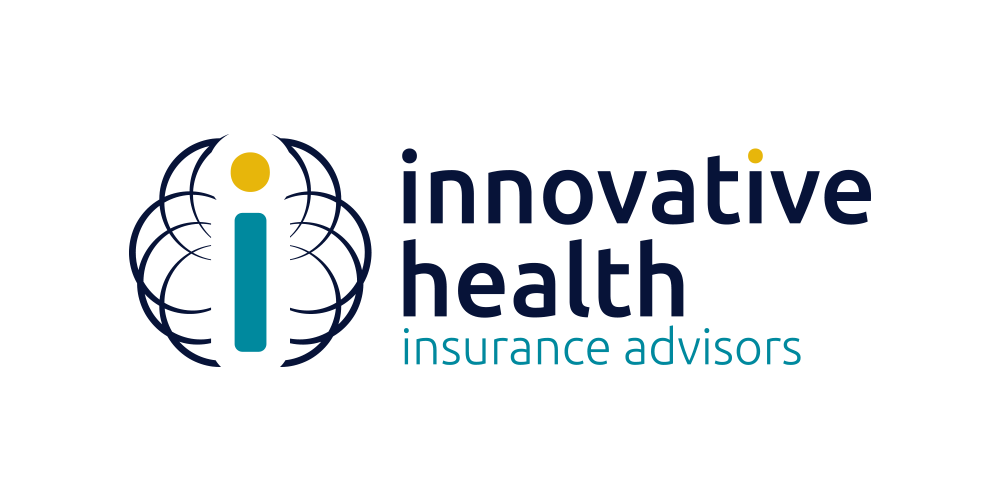Understanding ACA Compliance: A Guide for Applicable Large Employers (ALEs)
For Applicable Large Employers (ALEs), compliance with the Affordable Care Act (ACA) is not just a legal obligation but a crucial aspect of business operations. Understanding the nuances of ACA compliance can help your organization avoid penalties and ensure that your employees have access to affordable healthcare.
In this guide, we’ll delve into what it means to be an ALE, the importance of compliance, and key aspects of the ACA that impact your business.
Who is Considered an Applicable Large Employer?
An Applicable Large Employer (ALE) is typically defined as an organization that employs an average of at least 50 full-time employees or full-time equivalent employees (FTEs). It’s important to know how to calculate the number of FTEs to determine if your business falls under the ALE category. Part-time employees are also considered in this calculation, which could influence your ALE status.
Understanding Variable-hour Employees
Variable-hour employees can pose unique challenges for ALEs. These are employees whose work hours can’t be determined as full-time or part-time upfront. The ACA provides specific guidelines for handling such employees, offering a measurement period to assess whether they qualify as full-time and are therefore eligible for benefits.
Key Components of ACA Compliance
Managing ACA compliance involves several critical elements, each designed to ensure that employees have access to affordable health coverage. Let’s explore these components:
The Measurement/Look-back Period
This period is crucial for determining whether a variable-hour employee is considered full-time under the ACA. Employers often use a 12-month Look-back Period aligned with their Open Enrollment to gauge the average hours worked by employees.
The Stability Period
Post the Measurement Period, the Stability Period is when employers must offer health coverage to all employees deemed full-time, regardless of their working hours during this period. This ensures continuous coverage for eligible employees.
The Administrative Period
This is when employers conduct Open Enrollment, informing employees about their eligibility for health insurance. It’s a vital period for communicating with your workforce and ensuring they understand their benefits.
Planning for Open Enrollment in 2024
As we approach 2024, ALEs must be mindful of changes in the affordability threshold for health plans. The allowable measure of affordability will decrease, impacting how you structure your health benefits and your compliance status.
Strategic Considerations for ALEs
It’s imperative to offer coverage to at least 95% of your eligible employees and to stay informed about changes in employee out-of-pocket expense thresholds. Choosing the right Measurement Period is crucial for streamlined administration and compliance.
Final Notes
Compliance with the ACA is a significant responsibility for ALEs, but with the right knowledge and strategies, it’s entirely manageable. Remember, every organization is unique, so it’s vital to consult with HR professionals or legal advisors to tailor your approach to ACA compliance. By staying informed and proactive, you can ensure that your business not only complies with the law but also supports the well-being of your employees.
Need More Information?
If you have questions or need assistance with ACA compliance, don’t hesitate to reach out to us. At SBMA Benefits, we’re committed to providing you with the resources and support you need to navigate these regulations effectively. Stay tuned for more insights and guidance on maintaining compliance and optimizing your employee benefits strategy.



